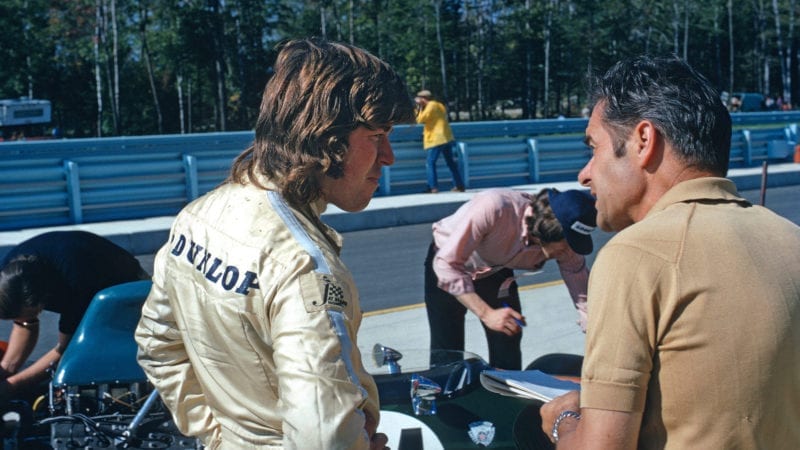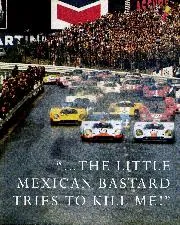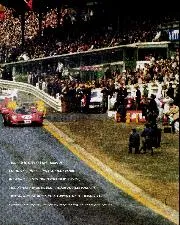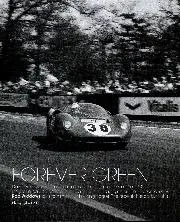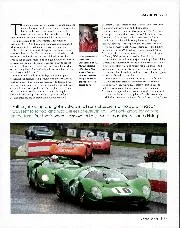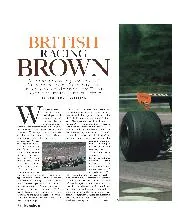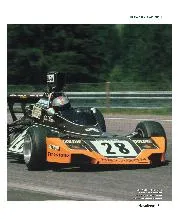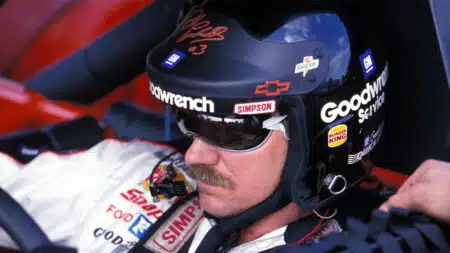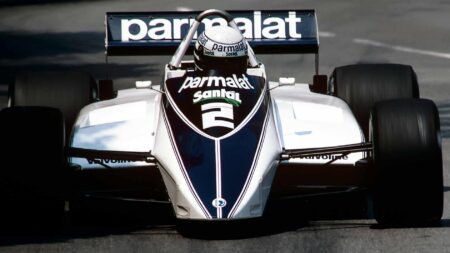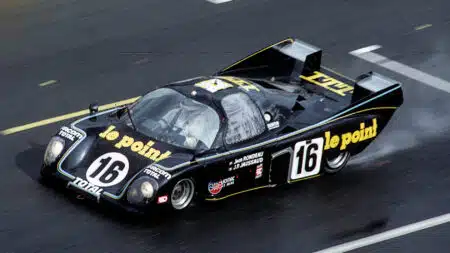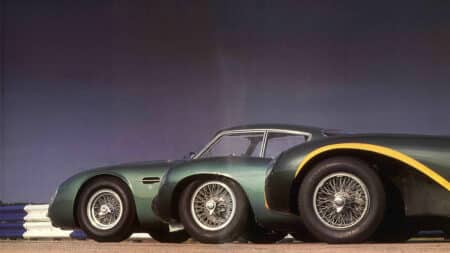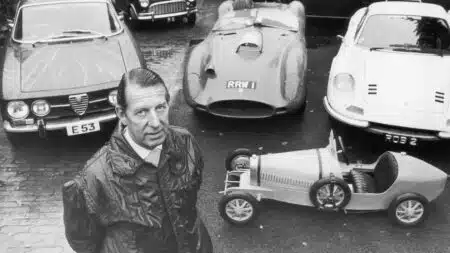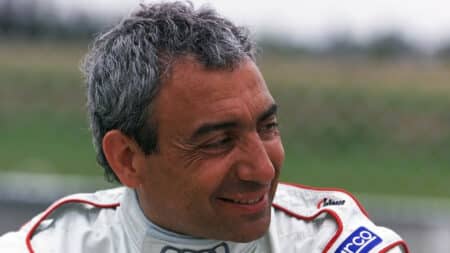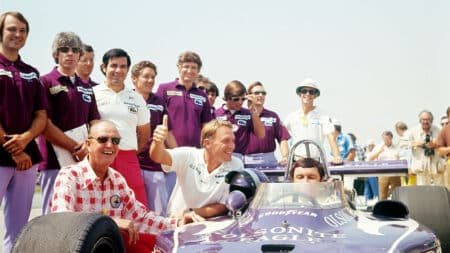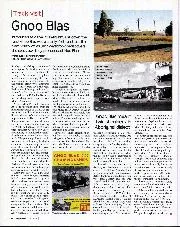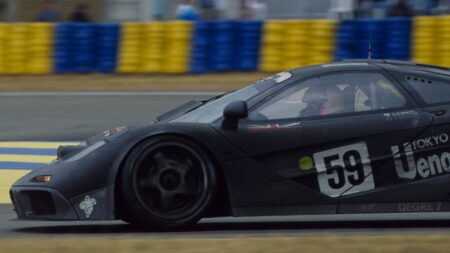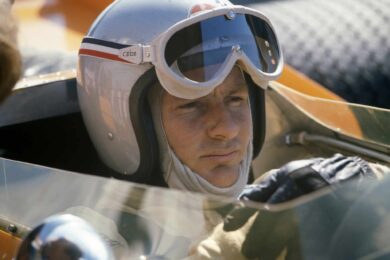With a budget that couldn’t have bought a second-hand shoestring, it’s hardly surprising that the Brabham failed to qualify for the Canadian GP at Mosport Park and blew its gearbox at the ‘Glen. Not a huge success, but then de Cadenet had only decided to have a crack at F1 in a fit of pique.
Craft explains: “We won [in a McLaren M8E] the race at the Norisring in which Pedro Rodriguez had been killed. In The Times report on Pedro’s death the race was made out to be some sort of club event. This really pissed off Alain because, for one thing, we all loved Pedro, but also because we had bust a gut to win. So Alain got the hump and decided that we’d show people and have a go at F1.”
De Cadenet: “I met Chris Craft at the Nürburgring in the late ’60s. I had this old Ferrari 206SP Dino which just wouldn’t run. I spent the whole day underneath the bloody thing. But I’d seen Chris racing a Chevron B8 at Brands, giving a GT40 one hell of a chase, and I was very impressed by his speed and by the way he just kept on fighting.
“Later I bought a Porsche 908 and asked Chris if he’d like to drive it. The first race was a sports car event at Vila Real in Portugal. When we picked up the car from Weissach it was already set-up for Vila Real (Porsche had done this using its computer) and came with a comprehensive instruction manual. Chris shared the car with David Piper and they won. Craft drove brilliantly, comfortably outpacing his co-driver who, at the time, was considered the top privateer Ferrari driver.
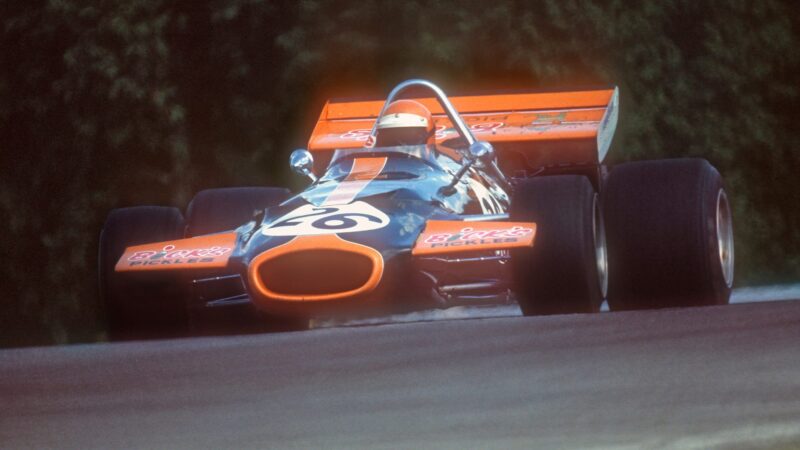
Craft in practice for Mosport ’71 — but he didn’t make the cut for the race
Grand Prix Photo
“We also used that 908 in the Nordic Cup in Scandinavia,” continues de Cadenet, “which we christened the ‘More Dick’ Cup. This was a girl-chasing contest between various drivers and team members that would have been won by one of the mechanics except for the fact that one of his conquests was on a ferry; we deemed that to be out of ‘territorial waters’ and so disallowed it. Anyway, we did well, with Chris winning the Swedish GP at Karlskoga against pretty strong opposition.”
The gang’s campaign at Le Mans in 1971 with a Ferrari 512M is another good tale, and like most of the stories surrounding Craft’s career, it’s a mix of fun, hard graft and a giant-killing result

